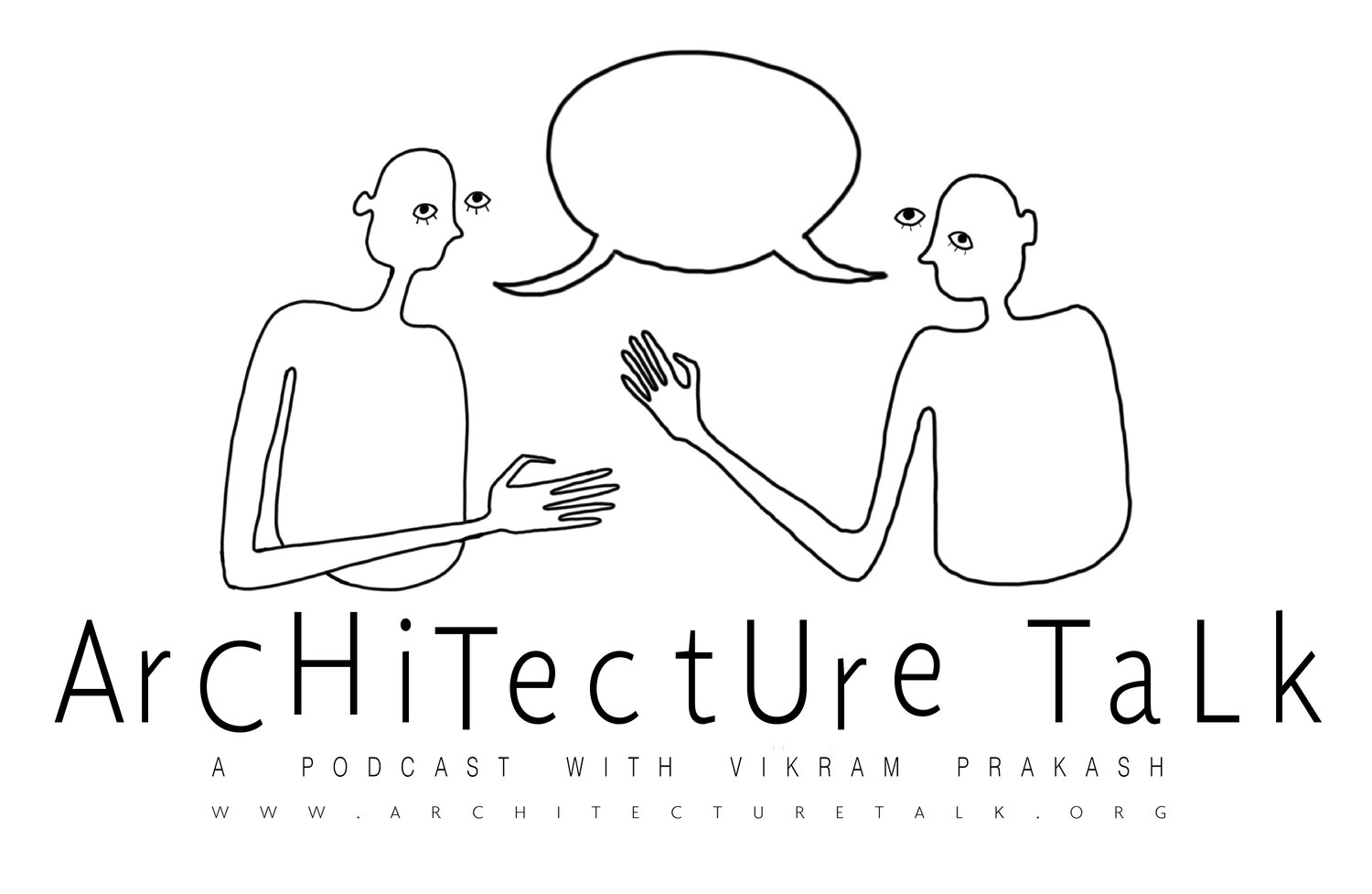17: Creating Urban Agriculture Systems with Gundula Proksch
““This idea that we can grow architecture. Or we can let matter generate.””
Based on her recent book, Creating Urban Agricultural Systems: An Integrated Approach to Design, we discuss with University of Washington's Gundula Proksch the myriad implications of re-thinking our food culture. Conversation topics range from community gardens to hydroponics, edible school yards to Mars colonies, the slow-food movement to bio-engineered buildings.
Timestamp Outline
1:30 Book: Creating Urban Agricultural Systems: An Integrated Approach to Design by Gundula Proksch
2:05 Why urban agriculture?
2:28 Agriculture and architecture: similar microcosms
4:16 Architects and urban agriculture: WORKac, Le Corbusier, Frank Lloyd Wright [see also, Episode 6]
5:51 Seattle’s Year of Urban Agriculture
6:38 P-patches, more chickens, rooftop greenhouses
7:56 From community gardens to high-tech, digitally-controlled, hydroponic rooftop greenhouses
9:22 “Even better—aquaponics.”
10:40 “Diversity of food sources is a good idea anyway.”
11:40 Wild fish vs farmed fish and salmon farm dumping in Puget Sound
12:19 WORKac firm and the cultural component of soil: the Edible Schoolyard, in Oakland with Alice Waters
14:27 The Living Future Challenge and the life-culture measure to grow a little of our own food
15:41 Industrial agriculture vs small family farms
17:01 Slow Food from Italy and Vancouver’s urban agriculture
20:00 What do we do about meat?
21:28 The cultural prohibition against animal farms in cities
22:43 Water: 70% of all water consumed is by agriculture on earth, the biosphere, The Martian and inhabiting Mars
24:24 Food-water-energy nexus: climate change, green infrastructure, irrigation and hydroponics
26:42 Magical water in modern society: out of a tap vs a well
31:07 Connect energy, growing, and building systems
32:17 LED farming: subway tunnels in London and Japan’s plant factories
35:50 “In a larger vision, I’m interested in a project that speculates about how the natural system and the built system merge even further—or are kept apart—. This idea that we can grow architecture. Or we can let matter generate. We are close with many construction materials, but that visionary thinking, going beyond something that is purely technical...letting the biological component take a stronger part in the generation...I think is important.”
37:02 Bioengineering and bioengineered architecture
39:17 2x4 wood construction as bioengineered, but “we need to think about buildings like growing organs”
40:20 Rachel Armstrong and matter self-generation
41:23 Kate Orff, oyster-tecture and a new understanding of “organic” architecture







